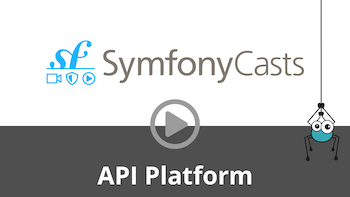Contribution GuidesTable of Contents
#
API Platform Core
#
API Platform Documentation
#
API Platform Tools
Table of Contents
# API Platform Core
# API Platform Documentation
# API Platform Tools
To report a security issue, please take a look at the dedicated document.
You can also help us improve the documentation of this page.

